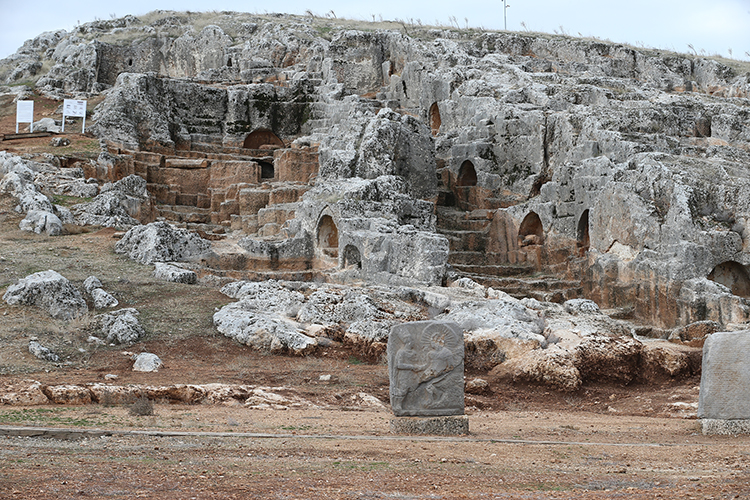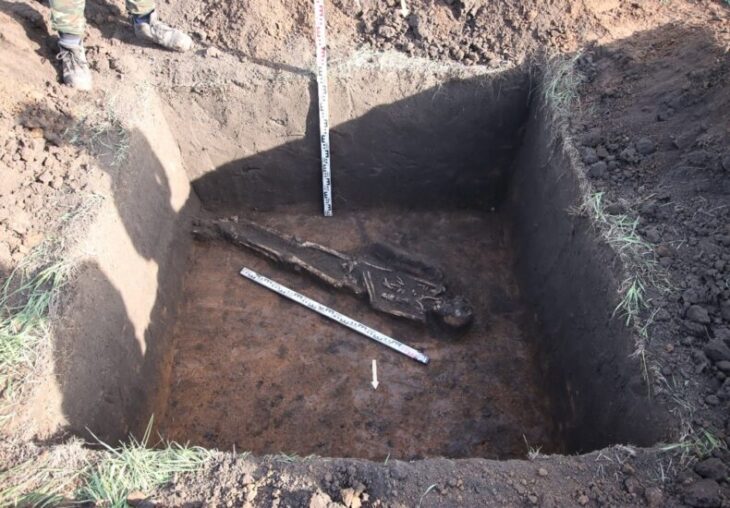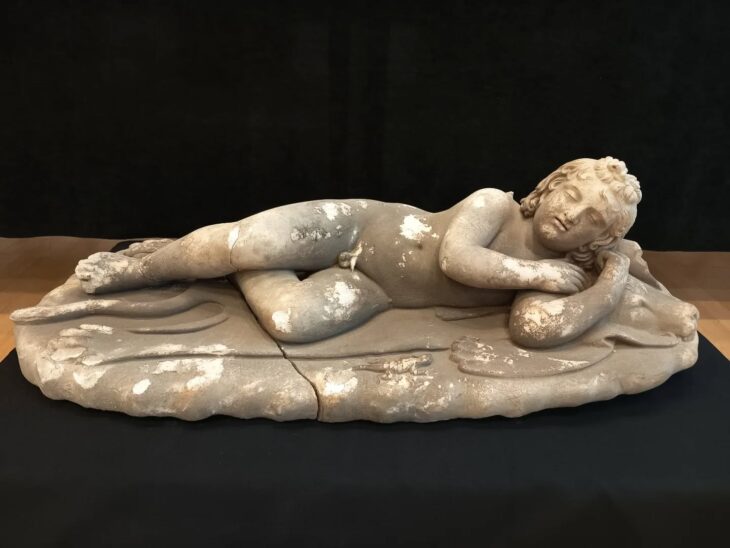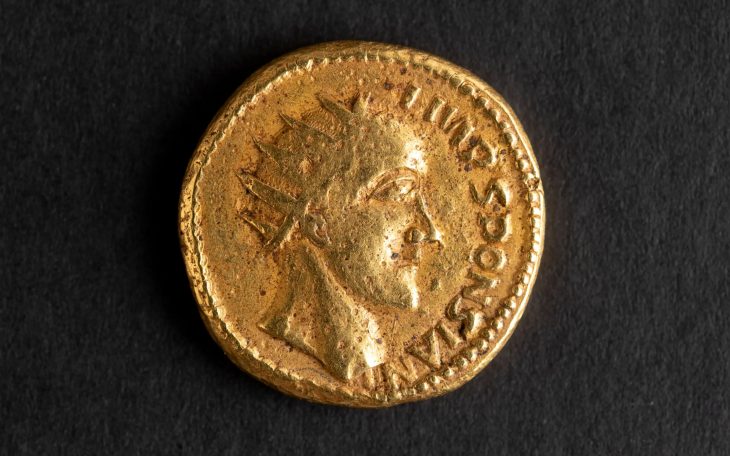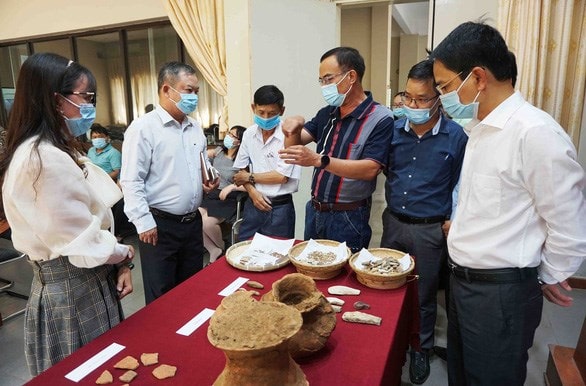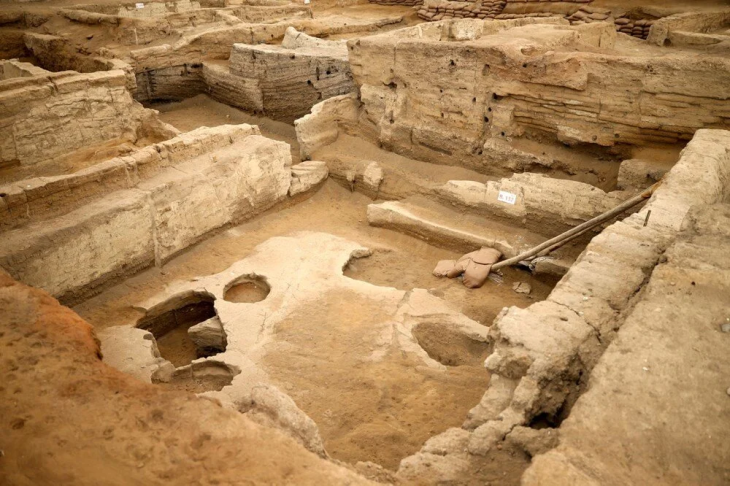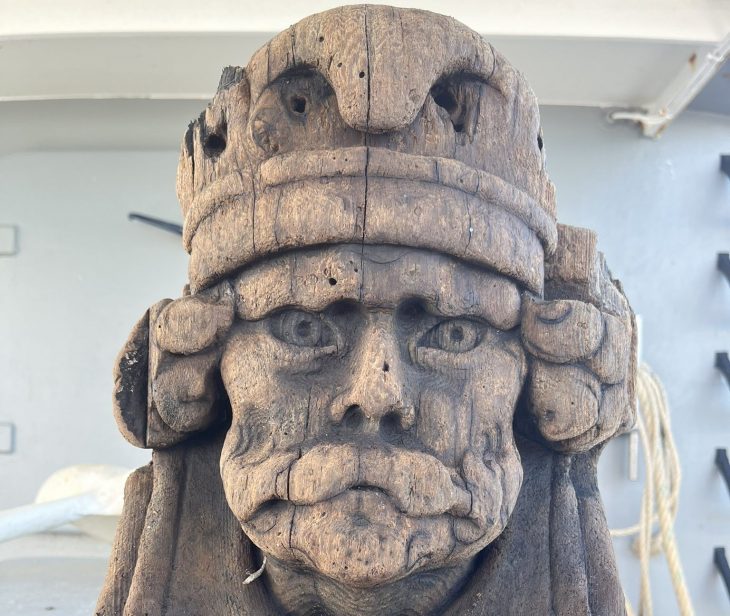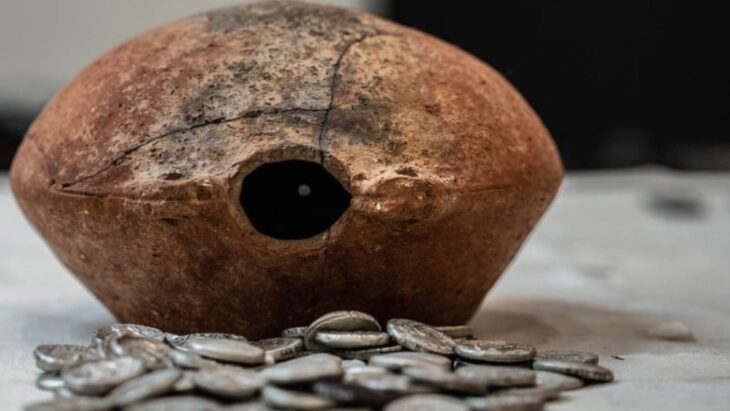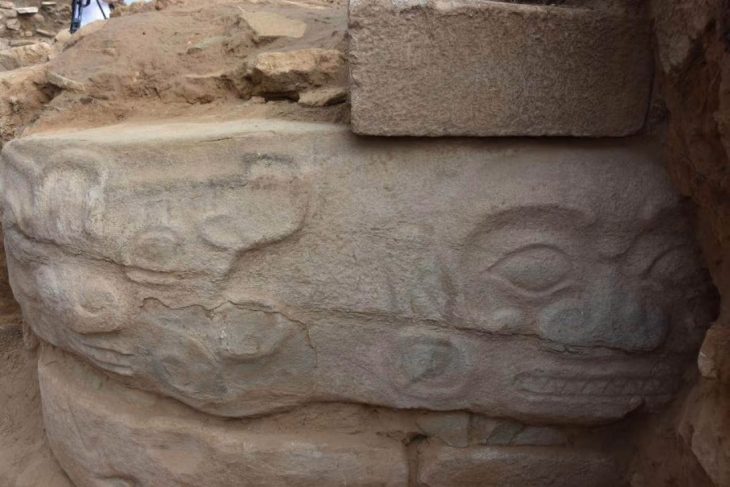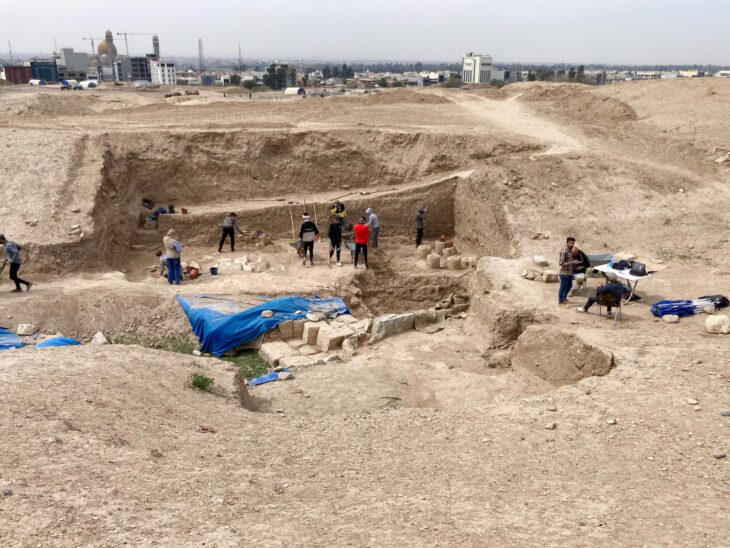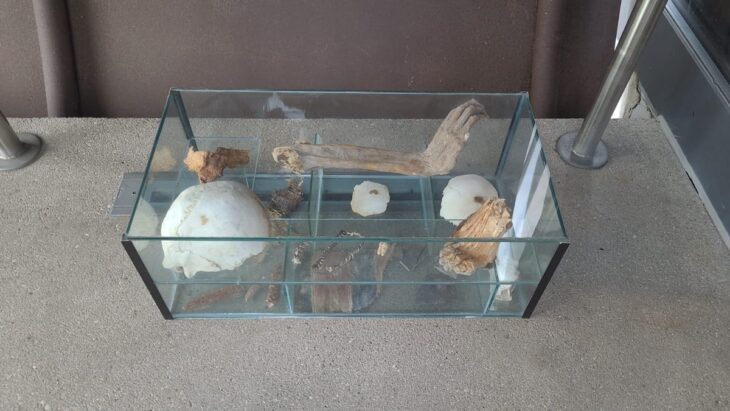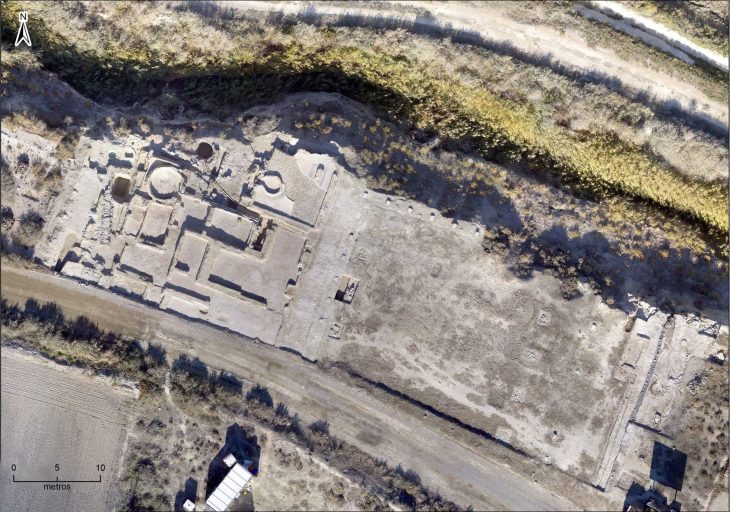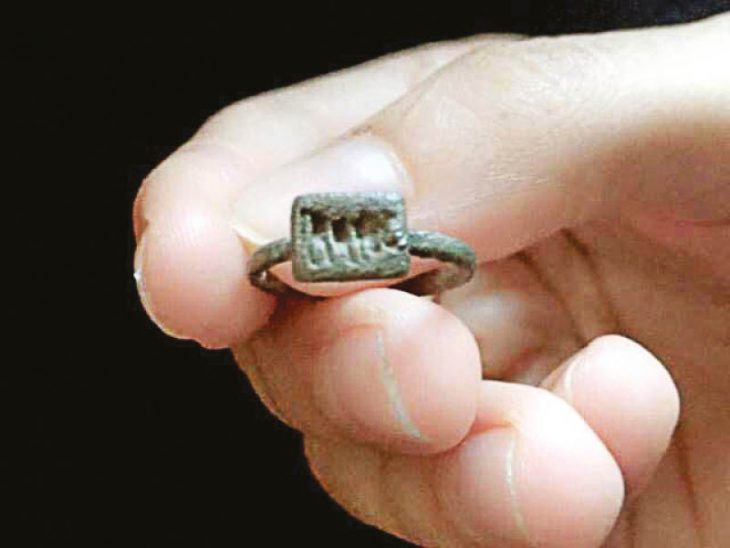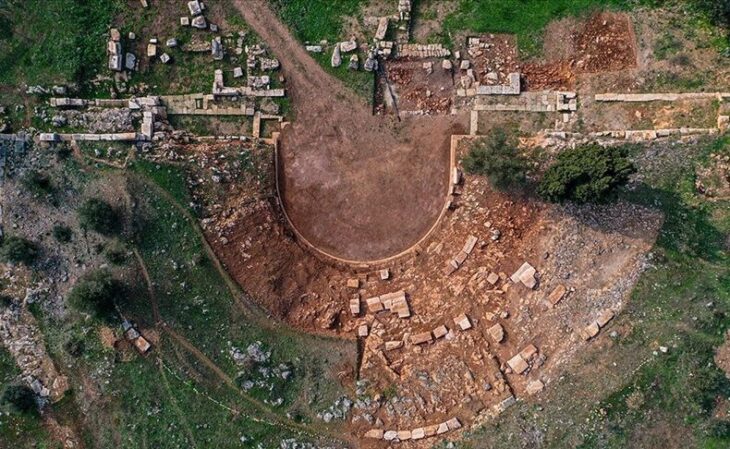In Perre, one of the five major cities of the Kingdom of Commagene, ancient production methods will meet today’s technology. An 1800-year-old grape processing plant in the ancient city of Adıyaman will be revitalized.
The Kingdom of Commagene was a Hellenistic-Persian kingdom that ruled from 163 BC to 72 AD. During the Kingdom of Commagene (163 BCE – 72 CE), Perre was a major city and served as a vital asset due to its strategic location on a route connecting Samsat (Samosata), another local capital, and Malatya. In historical sources, it is said that this region was used as a resting point and it is mentioned that its water is also beautiful. The Roman fountain where the water flows is still in use.
It is famous for its rich cultural heritage and impressive monuments. Commagene featured a unique culture that blended Persian, Greek, and local influences. This diversity is clear in its art, religion, and architecture. In this region, people of different faiths lived together, worshipping Greek gods like Zeus, Apollo, and Artemis, as well as local and Persian deities. The rock tombs in the ancient city of Perre, which lost its importance after the Byzantine Period, offer a very interesting view.
Local authorities have announced an ambitious project to restore an ancient grape mill that dates back 1,800 years, aiming to enhance the tourism appeal of the historic city of Perre. This initiative promises to not only preserve a significant piece of heritage but also to attract visitors eager to explore the rich history and culture of the area.
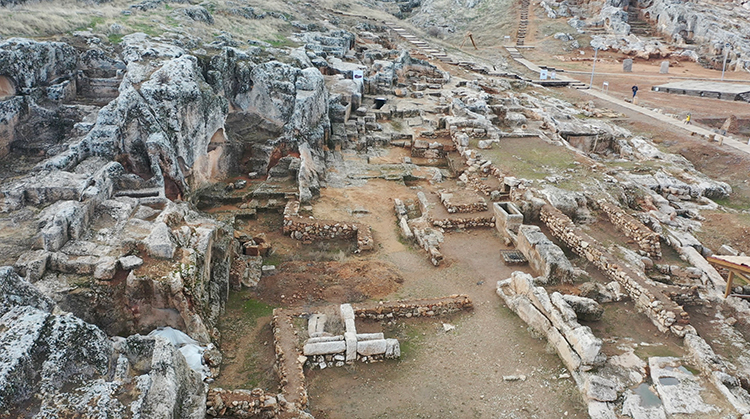
In a groundbreaking initiative, local authorities are set to breathe new life into an ancient grape mill by reviving traditional winemaking practices and integrating them with modern technology. This project aims to transport visitors back in time, offering them a unique, hands-on experience of historical wine production methods.
📣 Our WhatsApp channel is now LIVE! Stay up-to-date with the latest news and updates, just click here to follow us on WhatsApp and never miss a thing!!
Visitors, both domestic and international, will have the chance to witness firsthand the winemaking techniques of the past, including the operation of lever press mechanisms that were utilized in grape mills 1,800 years ago.
Governor Osman Varol provided insights into this extensive project, highlighting the significance of the ancient structure. “This site was once a workshop for winemaking. We will restore it to working order using equipment that reflects the technology of the era, and a reenactment will showcase how production was conducted in the past,” he stated, noting that the recreation will consist of four distinct stages.
The contractor business is still working to complete the project, with the local authorities also continuing excessive efforts under the direction of the Culture and Tourism Directorate, Varol noted.
The ancient city of Perre excavations are still going on at the site, Varol said, urging both local and foreign tourists to pay a visit to the historic province.
Cover Image Credit: AA

